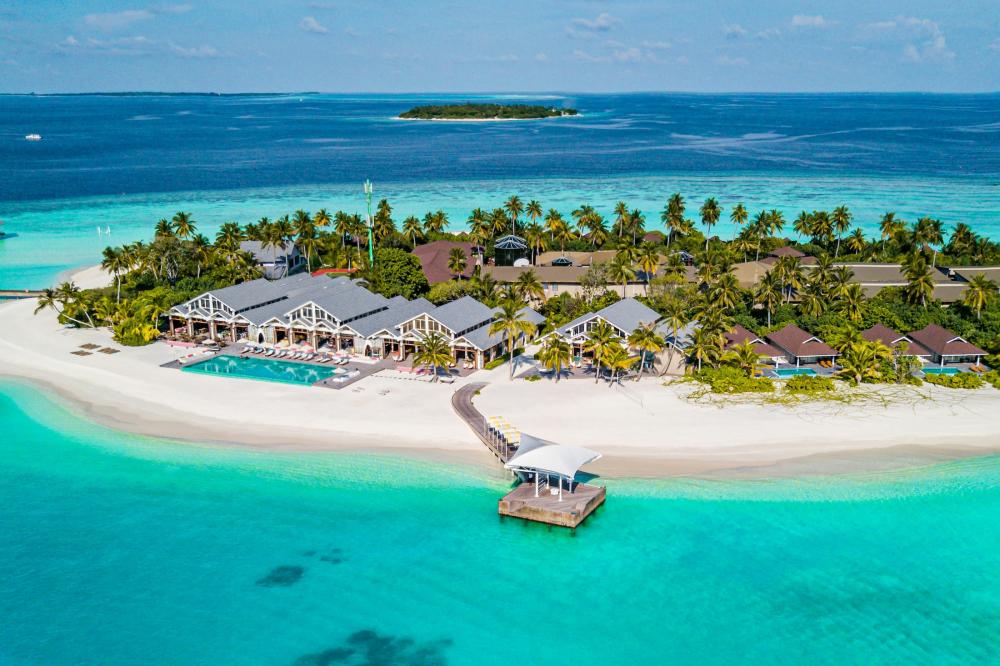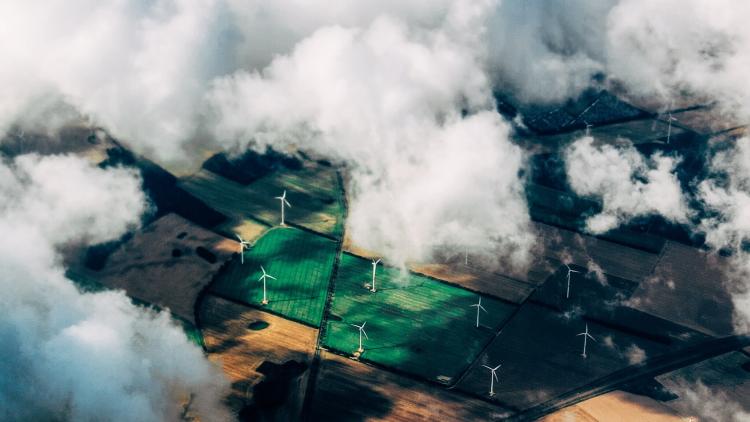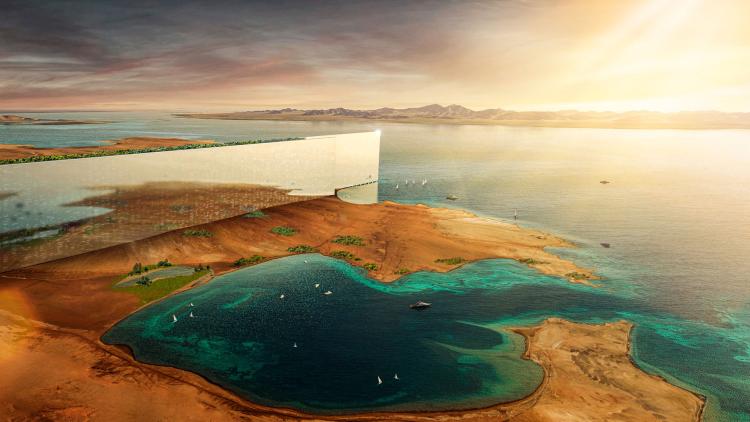Rebranding destruction: Using ‘sustainability’ to mask harm in the Maldivian tourism industry


Behind the Maldives’ luxury resorts and eco-friendly branding lies a troubling reality of environmental harm, resource exploitation, and social inequities. MA student Sara Naseem explores the hidden impacts of the tourism industry and the need for truly sustainable practices.
Since its inception, the Maldivian tourism industry has remained a luxury destination for holidaymakers. Over the last few decades, however, with increasing awareness of the impacts of climate change, especially on low-lying island states like the Maldives, resorts have adopted more ‘sustainable’ branding, aiming to give travellers peace of mind as they enjoy their vacation: "Unparalleled paradise ... in a sustainable ecosystem,”, “Redefine sustainable glamour,” and “Environmentally-friendly luxury island destination.”
Are resorts sustainable?
The branding of resorts as ‘sustainable’ has been bolstered by island-level investments in renewable energy, organic farming practices, plastic reduction, and eco-conscious design, as well as efforts to (re)grow house reefs through coral propagation and restoration programs.
While these activities do little to address the threats of climate change the country faces, the initiatives are backed by real scientific research on anthropogenic change. They also capitalise on global understandings of the vulnerabilities Maldives faces as a ‘small island state’. These efforts are best captured by Amelia Moore’s concept of “Anthropocene Tourism”, describing how the tourism industry makes strategic and entrepreneurial use of scientific knowledge regarding climate change and the fears around it to venture further into tourism, with damaging consequences.
The impacts of sustainable visions of the resort industry on local realities
Sand extractivism has long been used to reclaim land for resort islands or alter the physical characteristics of existing resorts. This process irreparably impacts local livelihoods, particularly for fisherfolk who depend on healthy reef ecosystems. Extracting sand from lagoons and dredging it to maintain the picturesque appearance of resort beaches also causes erosion on nearby islands that lack the financial means to preserve their beaches.
Workers are provided accommodation in cramped quarters...as resorts maximise space for tourist amenities.
Tree-grabbing or removing trees from local islands for landscaping of newly built resorts has also become a common practice as developers rush to open their artificial islands for visitors. These trees were once protective barriers combating climate-induced impacts of beach erosion and salinisation on local islands, as well as means of income, especially for women, from traditional crafts such as thatch-making and coir-rope weaving. Today, they dot the beaches of newly opened resorts, creating a jarring visual of a beachfront fauna that is instinctively un-Maldivian to a local.
Exploitation of resort workers is also a major concern. Workers are provided accommodation in cramped quarters, hidden away among ”generators, waste storage, water treatment installations, and laundry”, as resorts maximise space for tourist amenities. Given the lack of legal protections, foreign resort workers are subject to further exploitation. Despite the enactment of a minimum wage in 2022, implementation of the provision for foreign workers was postponed indefinitely. The Maldives Association of Tourism Industry has since called for amendments to raise the proportion of foreign resort workers from 55% to 70%.
Exposing handprints over ‘untouched’ beauty
A key feature of the Maldivian resort industry is the “one-island-one-resort” concept, where each island resort consists of an exclusive hotel, separating resorts from local populations and islands. The geographical distancing this creates can be viewed as a boundary-making project that differentiates resorts from locally inhabited islands, seen to be at the forefront of climate change.
Unlike at resorts, it is on these islands that the impacts of soil erosion, coral degradation, and over/under development are devastatingly visible. The boundaries also distance resorts from the harm they cause the environment and local populations and elevate them to a vantage point from which said impacts can be observed.
It is on these islands that the impacts of soil erosion, coral degradation, and over/under development are devastatingly visible.
The Anthropocene Tourism industry and the fantasy of sustainable glamour are thus upheld in part by the strategic marketing on ‘sustainability’, as well as the boundary-making that disentangles the operations of resorts from its consequences on the economic, political, environmental and social lives of local populations.
From climate change scientists, resort owners, and the state to tourists, workers, and resident populations, a cursory glance exposes the global connections that science, capitalism, and politics depend on. Our understanding of the industry's impacts can only be informed by questioning the universality of these globalised processes.
As Anna Lowenhaupt Tsing proposes, we must instead turn our attention to the frictions that occur when these forces meet and create space for reimaginings that could potentially be built on more equitable, inclusive, and sustainable ground.
Read more
- Offshore work: Oil, modularity, and the how of capitalism in Equatorial Guinea by Hannah Appel, American Ethnologist
- Destination Anthropocene: Science and Tourism in The Bahamas by Amelia Moore, Critical environments: nature, science, and politics.
- Friction: An Ethnography of Global Connection by Anna Lowenhaupt Tsing
Header image credit: Itte maldiviano via Unsplash
About the author
Sara Naseem is an MA Anthropology of Global Futures and Sustainability student at SOAS. She has a professional background in working with communities in the Maldives on public participation, climate change, and governance.



